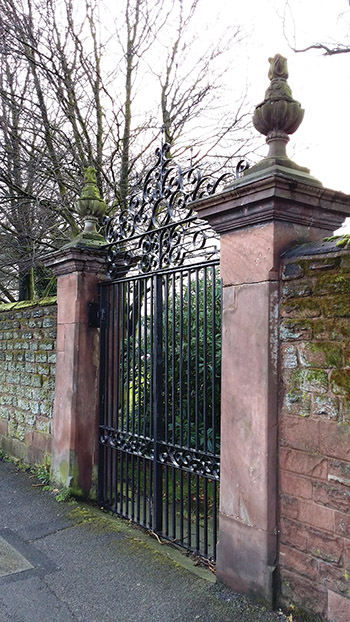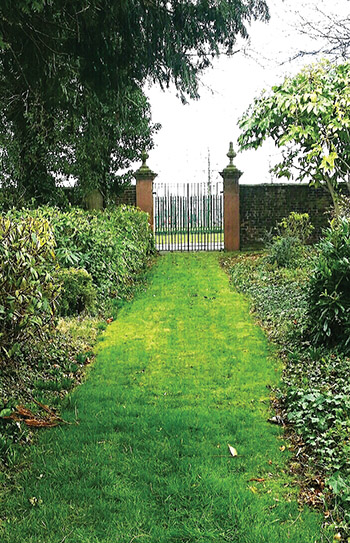 KEN PYE looks back at the amazing history of the world’s first school for blind children – and the bizarre story behind the school gates …
KEN PYE looks back at the amazing history of the world’s first school for blind children – and the bizarre story behind the school gates …
THE world’s first school for the blind was on Merseyside. This was opened in 1791 by Edward Rushton, a remarkable sailor, poet, journalist, human rights campaigner and slavery abolitionist.
In 1898, the school moved from a later site in Hardman Street, to a new building on Church Road North in the Liverpool suburb of Wavertree.
It was constructed on the site of Wavertree Hall, which had possibly once been the family seat of the important and wealthy Perceval Family, who claimed descent from Viking invaders in the 10th century.
In the mid-to-late 19th century, Wavertree Hall had been held by another wealthy family and, in 1865, the daughter of the house, named Margaret, fell in love with the family’s coachman whose name was Edward Murphy.
The coachman was young, tall, and handsome, with a muscular body, dark hair, and pale-blue eyes, so it is easy to see why the young girl would have fallen for his undoubted attractions.
Margaret knew that her martinet of a father, the local Squire, would never approve of their relationship, and not just because Murphy was working-class; a bad enough crime in Victorian England, but because he was also Irish and a Roman Catholic!
In the eyes and prejudices of the Squire such a relationship was absolutely impossible, so the young couple eloped in secret.
 When he discovered what his only daughter had done, Margaret’s staunchly Protestant parent was now outraged! So much so that he immediately wrote her out of his will, and ordered that the gates to the grounds of the hall be permanently locked and the path to the front door ploughed up, so that she “could never return home”.
When he discovered what his only daughter had done, Margaret’s staunchly Protestant parent was now outraged! So much so that he immediately wrote her out of his will, and ordered that the gates to the grounds of the hall be permanently locked and the path to the front door ploughed up, so that she “could never return home”.
 These instructions were actually written into the deeds of the property and they are still in force today.
These instructions were actually written into the deeds of the property and they are still in force today.
The star-crossed lovers are believed to have spent some time in Ireland where, because Margaret was a Protestant, they were also rejected by Edward’s Catholic family, so they returned to Liverpool, where they lived in great poverty in the Scotland Road area of the town.
However, there is a footnote to this unusual tale:
In February 2011, I met Julia Lisman, the great granddaughter of the coachman, and she verified the details of the story.
Julia also told me that the couple had a son, also named Edward, and that Margaret’s mother, entirely unknown to her bully of a husband, regularly and secretly visited her daughter in their poor home, and provided her and her family with gifts of money and food to keep them from the workhouse.
Julia believes that their child, her grandfather, Edward Murphy Junior, was born sometime around 1870 and died in the early 1940s. Whatever the nature of his origins, Julia’s family now also believe that he went on to establish and own a printing business in Liverpool, named the Eldon Press, and that he also became a typesetter with the Liverpool Echo.
But what of the gates to the former Wavertree Hall?
Following the strict rules of the lease they stand there still, in the main wall of what is now The Royal School for The Blind.
The gates were restored in 1955, but they remain permanently locked and the pathway is still grassed over. A new gateway and entrance path had to be cut to allow the family to enter their home, and this is the one the school still uses today.
- KEN PYE has just completed his two latest books – ‘Two Triangles: Liverpool, Slavery, and The Church’, and ‘Liverpool Murders and Misdemeanours’.
- Ken also gives local history talks to groups and organisations across the North West. Contact him on 0151 427 2717 or email ken.pye@discover-liverpool.com

